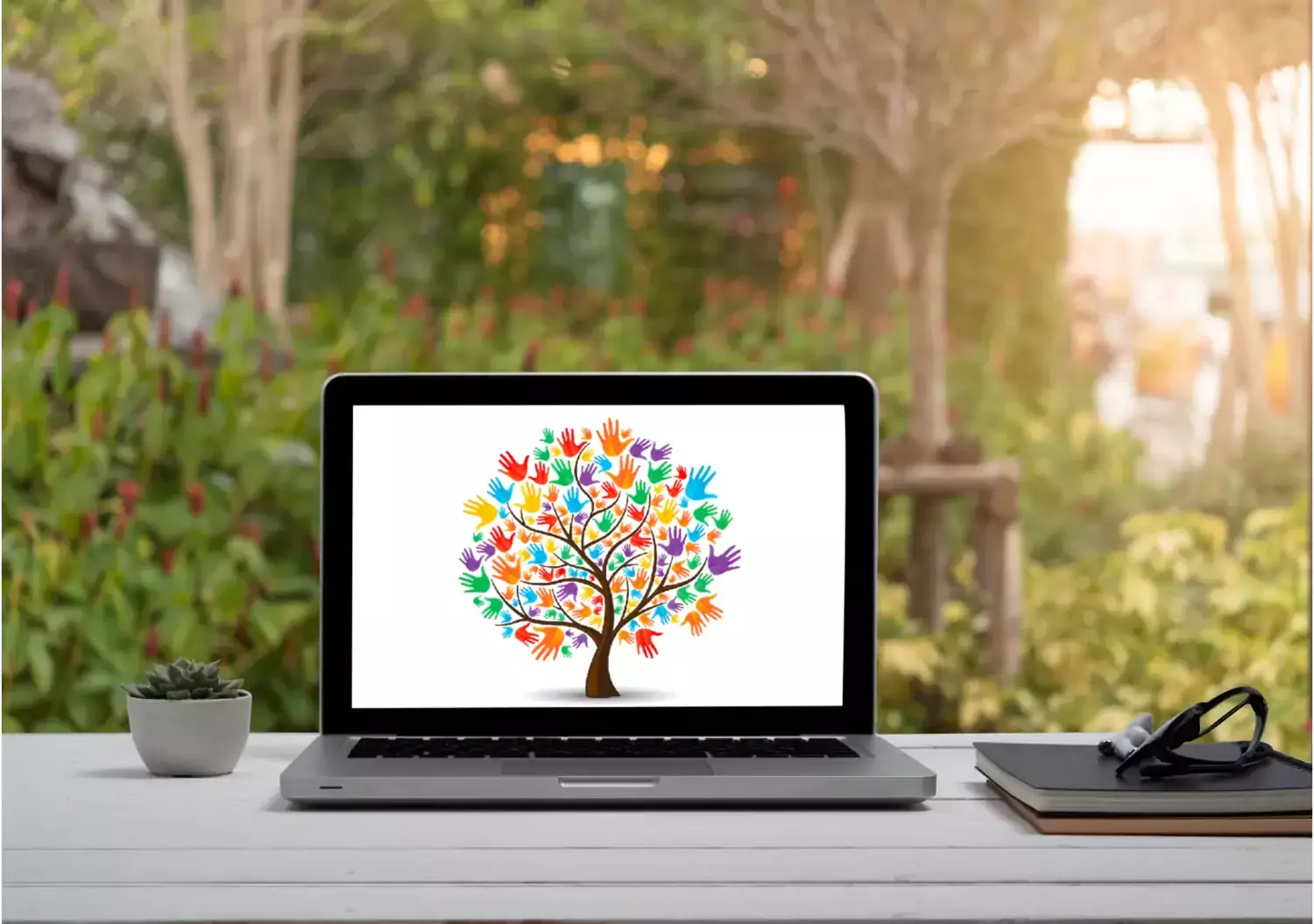Ángela Amorós Molina presents paper on integrating the United Nations sustainable development goals into higher education

Ángela Amorós Molina is a former Global Health master student who was invited to present at Rowan University that has hosted a workshop series about teaching and research on the Sustainable Development Goals. Her paper Integrating the United Nations sustainable development goals into higher education globally: a scoping review, sparked the workshop participants to reflect on the importance of raising awareness among the students of the role of the SDGs and increase their presence in university.
What does your article say about Sustainable Development Goals in higher education?
This paper is a scoping review about the methods of integration of the Sustainable Development Goals (SDG) such as workshops, lectures, courses, and others into higher education comparing the differences between high-income countries (HIC) and low and middle-income (LMIC). Our goal was also to raise awareness about the key role of universities in the achievement of the UN’s 2030 Agenda, as well as encouraging the creation of equitable partnerships between universities to share the “lessons learned” about the integration of the SDGs in their programs.

Are the SDGs integrated enough in high education or how can it be improved?
In our results we have seen that the integration of the SDGs is skewed to bachelor-level initiatives and certain disciplines (such as engineering/technology; business/administration/economics; humanities/social sciences). So, there’s not a balance of the integration of the SDGs on the different educational levels and disciplines. Besides, we found more information from HICs compared to LMICs regarding possible methods of integrating the SDGs into higher education. This might be due to a lack of funding, documentation, awareness, or recognition related to the importance of integrating the SDGs in higher education.
To improve this situation, it would be interesting to explore shifts towards teaching and learning that include multidisciplinary, hands-on, real-life challenges and community engagement approaches. Indeed, multidisciplinary teaching and learning can be useful for developing critical analysis and problem-solving capabilities that are required for complex systems approaches to the SDGs. Teaching methods that provide students with skills that can be transferable to diverse work environments would be of added value, when teaching about the SDGs. As such, it would be useful to identify examples of universities adjusting their environments to align with SDGs.
